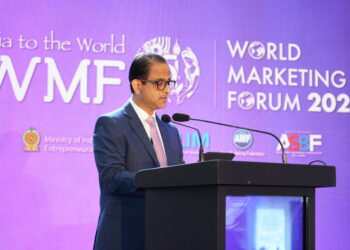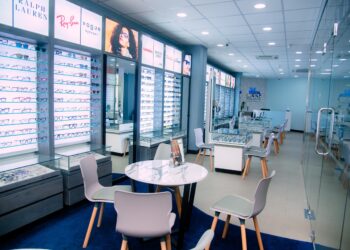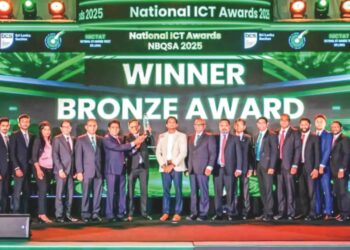
Panama Project by DIMO, which focuses on turtle conservation.
DIMO constantly engineers marine environment protection initiatives aligned with the UN Sustainable Development Goals (SDGs), which focus on ‘Life Below Water’ and ‘Life on Land. DIMO has partnered with like- minded organizations to ensure the successful implementation of these projects, which are part of its sustainability agenda, identifying the dire need to protect our marine environment from achieving a better and more sustainable future for all.
Ranjith Pandithage, the Chairman & MD of DIMO, stated, “Initiatives such as environment and biodiversity protection are driven by great passion, and DIMO is proud to be at the forefront of these initiatives. DIMO continues to commit to protecting the marine environment and preserving it for the future generations while fuelling the dreams and aspirations of individuals by focusing on uplifting the livelihoods of nearby communities as well.”
DIMO first ventured into a marine environment protection initiative in 2012 with the ‘Panama Project’, which focused on turtle conservation.
Such has been a primary concern in the stretch from Panama to Okanda, which is a famous nesting ground for mainly Olive Ridley (90 per- cent), Green turtle (five per- cent), and Loggerhead turtles (five percent).
DIMO and Wildlife & Ocean Resource Conservation (WORC), carried out several timely initiatives, and the company was able to release more than 150,000 hatchlings to open water. To protect the eggs from natural predators, DIMO took the initiative to build a cage, emphasizing the safety of the nests, covering them where the turtle hatchlings could come out through the gaps of the cage. DIMO also offers a steady wage to the appointed community members for looking after the eggs, thereby empowering the community and discouraging illegal activities within the locality. The community was also enlightened with helpful knowledge on how they can contribute to protect- ing the turtle nests.
The ‘Life to Reef’ project, launched by DIMO, was initiated in 2017, aiming to restore beautiful coral reefs in the Bonavista Reef at Rumassala near Galle. In its journey, several coral restoration techniques have been used, including planting corals on cement structures, metal frames, and nursery racks that divers have deposited at the bottom of the sea. The project has restored nearly 4 acres of coral reefs with these techniques. The Bonavista reef was identified as one of the highest biologically diverse coral reefs. DIMO initiated the Life to Reef project, aiming to restore the coral cover as naturally as possible, with technical support from WORC. With this revival process, Rumassala has developed again as a major tourist destination, creating several income-generating opportunities for the community. Protecting the country’s beautiful beach stretch is another crucial aspect of safeguarding the marine environment under DIMO’s sustainability agenda, which supports the tourism industry and recreational activities for the public. DIMO stepped forward to fund a beach cleaning project in the Dikovita area, carried out in collaboration with the Marine Environment Protection Authority (MEPA), the Department of Samurdhi Development and Biodiversity Sri Lanka (BSL). Under this Public-Private-Community partnership, DIMO has funded two beach stretches – Dikovita (800m) and Dikovita to New Bridge (800m).





